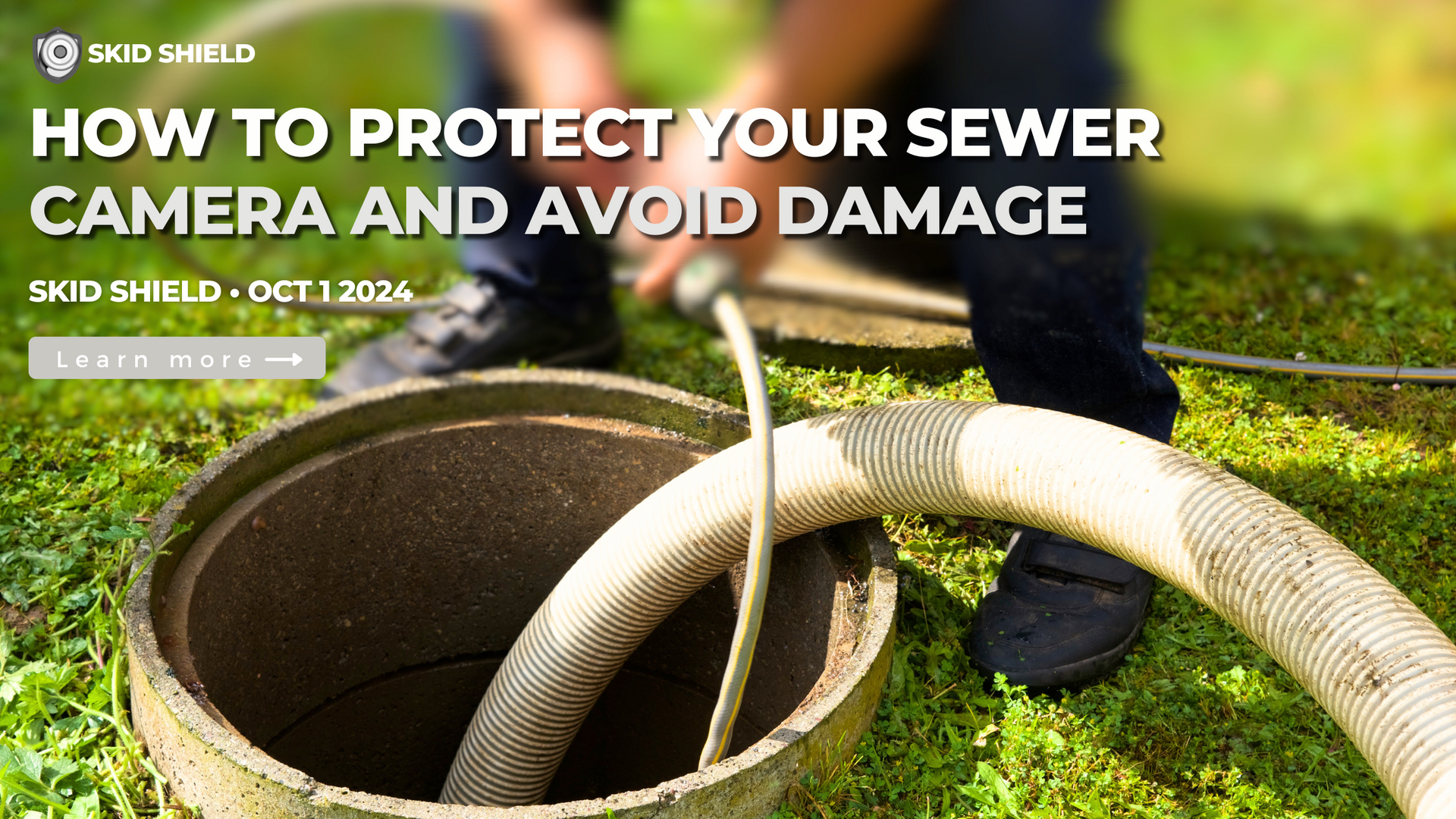720-390-8762
skidshield@gmail.com

The 10 Latest Technology in Sewer Inspection: What’s New?

The Latest Technology in Sewer Inspection: What’s New?
Sewer inspection technology has evolved dramatically over the past few years, transforming the way we assess and maintain our underground systems. With advancements in tools and techniques, professionals can now identify issues more efficiently and accurately than ever before. Let’s explore some of the latest technologies revolutionizing sewer inspections.
1. Robotic Inspection Tools
Robotic inspection tools are remotely operated vehicles (ROVs) equipped with high-resolution cameras and various sensors. Designed to navigate the complex and often confined spaces of sewer systems, these robots provide real-time data and visual feedback to inspectors.
2. 3D Mapping and Modeling
Advanced software is now available to create 3D models of sewer systems, enabling engineers to visualize the entire network. This technology aids in identifying problem areas, planning maintenance, and designing upgrades, ultimately leading to better decision-making and resource allocation.
3. Laser Profiling
Laser profiling is an innovative technique that accurately measures the diameter and shape of sewer pipes. This technology can detect issues like deformation or sediment buildup, which may not be visible through traditional inspection methods. By identifying these problems early, proactive maintenance can be performed, extending the lifespan of the sewer system.
4. Smart Sensors and IoT Integration
The Internet of Things (IoT) is increasingly being integrated into sewer inspections. Smart sensors monitor the condition of pipes in real-time, detecting leaks, pressure changes, and blockages before they escalate into major issues. This technology allows for a proactive approach to maintenance, reducing the likelihood of emergencies.
5. Drones for Sewer Inspections
Drones designed for internal inspections of sewer pipes, often referred to as drone-mounted inspection systems, are compact, agile vehicles that can enter large-diameter pipelines. They provide real-time video footage and data, allowing for thorough inspections without the need for human entry into hazardous environments.
6. Data Analytics and AI
The integration of data analytics and artificial intelligence (AI) into sewer inspections is a game-changer. These technologies analyze inspection data to identify patterns, predict potential issues, and recommend maintenance schedules. This proactive approach can save time and resources while enhancing the overall reliability of sewer systems.
7. Hydro-jetting Technology
Hydro jetting involves the use of specialized equipment that sends a powerful stream of water at high pressure into the sewer lines. This process effectively clears away debris, grease, tree roots, and other obstructions that can cause blockages and reduce the flow of wastewater.
8. Environmental Monitoring Technology
New tools are available for monitoring the environmental impact of sewer systems. These technologies can detect harmful substances or pollutants, ensuring compliance with environmental regulations and helping to protect public health.
9. Sewer Network Monitoring
Sewer network monitoring involves the continuous observation and analysis of sewer systems using a combination of sensors, software, and data analytics. This multi-faceted approach enables cities to identify and respond to issues such as blockages, overflows, and structural weaknesses in real time, ultimately preventing costly repairs and protecting public health.
10. Pipe Bursting
Pipe bursting is a trenchless method for replacing existing pipelines by breaking apart the old pipe and simultaneously inserting a new one. This technique minimizes surface disruption, making it ideal for urban areas where excavation can lead to traffic delays and damage to surrounding infrastructure.
Conclusion
The latest technologies in sewer inspection are transforming how we assess and maintain our underground infrastructure. With improved accuracy, efficiency, and data-driven insights, these advancements not only help identify issues but also play a crucial role in ensuring the longevity and safety of sewer systems. As technology continues to evolve, we can expect even more innovations that will further enhance sewer inspection processes, leading to better outcomes for communities and the environment.
FAQ: Latest Technology in Sewer Inspection
- What technologies are commonly used in modern sewer inspections?
Modern sewer inspections utilize high-definition CCTV cameras, robotic inspection tools, laser profiling, and smart sensors to assess the condition of sewer lines.
- How do robotic inspection tools work?
Robotic tools are equipped with cameras and sensors that navigate through sewer systems, allowing inspectors to view hard-to-reach areas safely and efficiently.
- Are drones used in sewer inspections?
Yes, drones equipped with cameras can be used for aerial inspections of above-ground sewer infrastructure, such as manholes and lift stations.
- What are mobile inspection units?
Mobile inspection units are equipped with advanced inspection technologies and can be deployed quickly for routine checks or emergency assessments in various locations.
- What future advancements can we expect in sewer inspection technology?
Future advancements may include even more sophisticated AI-driven analytics, improved robotic capabilities, and enhanced environmental monitoring tools to ensure compliance with regulations.
Roman Fairchild
CEO, Skid Shield
Website:
skidshield.store
Email: skidshield@gmail.com



All Rights Reserved | SkidShield
Commerce City, Colorado United States
720 390 8762 | skidshield@gmail.com






